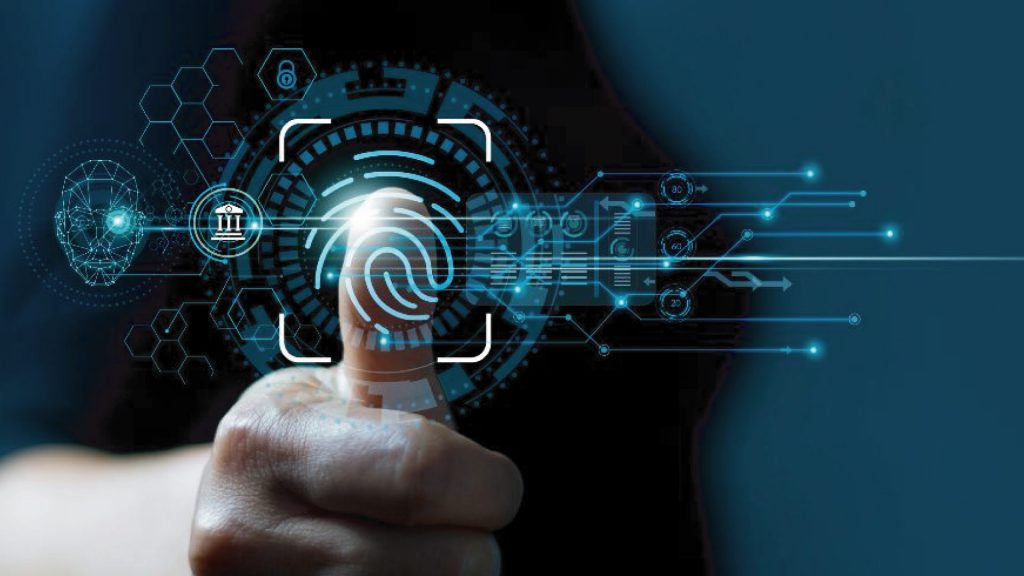- BTQ Technologies Corp has forged a strategic research partnership with South Korea’s International Research Institute for Cyber Security (IRCS).
- This partnership is set to enhance the development of post-quantum cryptography, specifically focusing on SOLMAE signature scheme and other lattice-based cryptosystems, thereby expanding BTQ’s influence in the Asia-Pacific region.
- The use of SOLMAE for signing datasets ensures the integrity of the data used in training AI models, bolstering the trustworthiness of the process.
BTQ Technologies Corp. (the “Company” or “BTQ“) (NEO: BTQ) (FSE: NG3) (OTCQX: BTQQF), a global quantum technology company focused on securing mission-critical networks, is pleased to announce it has entered into a Research Partnership (the “Partnership”) with the International Research Institute for Cyber Security (“IRCS”).
This strategic partnership, marked by a jointly signed MOU, aims to further the development of post-quantum cryptography. Particularly, both BTQ and IRCS are keen to delve into the research and application of Secure algorithm for Long–term Message Authentication and Encryption (SOLMAE), a signature scheme developed by IRCS and submitted to the Korean standardization competition in Nov. 2022, organized by the Quantum Resistant Cryptography Research Center. This partnership will also explore other lattice-based cryptosystems.
SOLMAE is a signature scheme that verifies the authenticity of digital information to ensure the information is genuine and hasn’t been tampered with. SOLMAE offers versatile capabilities for authentication and securing communication channels in retail and commercial industry, such as for those leveraging artificial intelligence (AI). By applying SOLMAE signatures to AI models, it becomes possible to ensure that the models have not been tampered with or modified, providing assurance that the models are genuine and trustworthy. Since AI systems heavily rely on training data, SOLMAE can also be used to establish the integrity and provenance of training data. By signing datasets with SOLMAE, it becomes possible to verify that the data used for training AI models has not been tampered with or modified, ensuring the trustworthiness of the training process. SOLMAE can also be used to detect adversarial attacks aimed at manipulating AI systems by introducing subtle perturbations to input data. SOLMAE signatures can be used to detect such attacks by identifying any modifications or tampering attempts through the signature verification process.
“This collaboration with IRCS aligns perfectly with our mission to counter the security threats posed by quantum computers. We are excited about the potential of SOLMAE and other lattice-based cryptosystems to redefine the landscape of cybersecurity. We look forward to this journey of shared growth and exploration.” – Olivier Roussy Newton, CEO & Chairman of BTQ
“It is both a pleasure and an honor to be able to work with IRCS and its President Prof Kwangjo Kim. As a world-renowned cryptographer, Prof Kim was elected as an International Association for Cryptographic Research (IACR) Fellow in 2017 in recognition of his work and contribution on cryptographic design, education, and leadership. I look forward to a closer collaboration on lattice-based cryptography with IRCS to further advance the state of the art in post-quantum cryptography” – Chen-Mou Cheng, Chief Cryptography Officer of BTQ
“With the signing of this Memorandum of Understanding, IRCS and BTQ will build on their global research collaboration on SOLMAE-based quantum-resistant cryptography theory and application to pioneer a new quantum cyber infrastructure that is secure against future quantum computer attacks. We believe that IRCS and BTQ will make a leading contribution to building the foundation of a new quantum cybersecurity infrastructure that is secure against quantum computer attacks” – Professor Emeritus Kwangjo Kim, Korea Advanced Institute of Science and Technology (“KAIST”)


